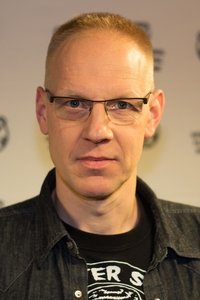Mein Papi
Genres
Documentary
OverView
A short documentary about Jörg Buttgereit's father.
Others
Budget
$--
Revenue
$--
Status
Released
Original Language
German
Runtime
7 mins
Rating
6/10
Release Date
01 January 1995
Country
Germany

Documentary
A short documentary about Jörg Buttgereit's father.
Budget
$--
Revenue
$--
Status
Released
Original Language
German
Runtime
7 mins
Rating
6/10
Release Date
01 January 1995
Country
Germany

Self

Self